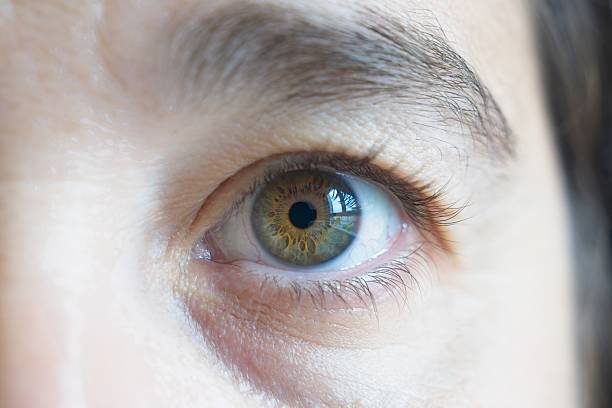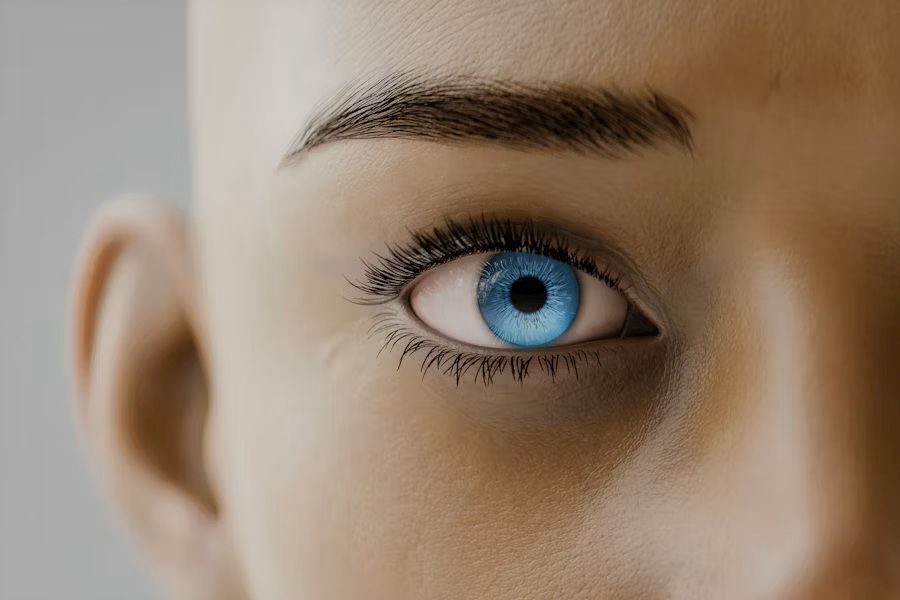سلة التسوق الخاصة بك فارغة
Eyes as Windows to the Soul: What Your Iris Says About You
The ancient saying that eyes are the windows to the soul might contain more truth than we realize. Beyond their captivating beauty, your irises—those colorful parts of your eyes—may reveal fascinating insights about your personality, emotional tendencies, and even potential health predispositions.
The Science and History Behind Iridology
Iridology, the study of iris patterns and their connection to human characteristics, dates back to ancient civilizations. However, it was Hungarian physician Ignatz von Peczely who first systematically documented these connections in the 19th century after observing changes in an owl's iris following an injury.
Modern iridologists suggest that the iris contains approximately 28,000 nerve fibers connected to brain tissue, potentially making it a detailed map of our internal and psychological landscape. While scientific validation remains limited, many complementary health practitioners continue to use iris analysis as part of their holistic assessment approaches.
What Your Iris Color Reveals
Blue Eyes
Those with blue eyes often exhibit characteristics including:
- Introspective and analytical thinking
- Strong internal focus
- Sensitive to environmental changes
- Often perceived as reserved or mysterious
Blue-eyed individuals frequently possess a rich inner world and may require more solitude for processing emotions. Their sensitivity extends to physical stimuli, with some research suggesting higher pain tolerance but greater sensitivity to certain medications.
Brown Eyes
The most common eye color worldwide, brown eyes are associated with:
- Dependability and practicality
- Natural leadership qualities
- Strong vitality and physical resilience
- Sociable and trustworthy nature
Brown-eyed individuals often demonstrate remarkable determination. Research from Charles University suggests they may react more quickly to certain stimuli and exhibit greater trustworthiness in social situations.
Green Eyes
The rarest natural eye color reveals:
- Creative thinking and innovation
- Balance between logic and intuition
- Passionate yet measured emotional responses
- Adaptability to changing circumstances
Green-eyed people often navigate complex social situations with grace. Their unique perspective combines the best qualities of both blue and brown-eyed individuals, allowing them to see multiple facets of any situation.
Hazel Eyes
Those with color-shifting hazel eyes tend to demonstrate:
- Adaptability and spontaneity
- Dual nature—sometimes introverted, sometimes extroverted
- Strong intuition and perceptiveness
- Independent thinking
Hazel-eyed individuals can be chameleon-like in their ability to thrive in diverse environments. Their changing eye color mirrors their multi-faceted personalities.
Beyond Color: Iris Patterns and Structures
While color receives the most attention, iridologists focus more on specific patterns and structures within the iris:
Iris Fibers and Density
The arrangement of fibers in your iris—whether tightly or loosely packed—may indicate physical constitution and energy levels:
- Densely packed fibers: potentially stronger constitution and higher energy levels
- Loosely arranged fibers: possibly more sensitive constitution requiring more rest
Rings and Circles
Concentric rings or circles in the iris potentially indicate:
- Full circles (stress rings): accumulated stress or tension
- Partial rings: transitioning emotional states
- Central rings around the pupil: digestive or core energy patterns
Pigmentation Spots and Markings
Unique marks within the iris have traditional interpretations:
- Dark spots: potential areas of bodily stress or genetic predisposition
- White spots: areas of heightened activity or sensitivity
- Radial lines: communication channels between different aspects of self
Iris Analysis in Modern Wellness Practices
While conventional medicine doesn't recognize iridology as diagnostic, many holistic practitioners incorporate iris analysis alongside other assessment tools. These practitioners suggest that changes in iris appearance may reflect shifts in overall wellbeing, providing a complementary perspective rather than a replacement for medical evaluation.
Some integrative health centers now offer digital iris scanning to track subtle changes over time, potentially identifying areas for proactive wellness attention before symptoms manifest.
Developing a Personal Connection With Your Eyes
Beyond analysis, developing awareness of your own eyes can enhance self-understanding:
- Regular observation: Note any changes in color intensity or pattern
- Mirror meditation: Practice maintaining eye contact with yourself to build self-connection
- Intuitive exploration: Consider what emotions arise when looking into different colored eyes
- Protective care: Nurture eye health through proper nutrition and rest
The Psychological Impact of Eye Contact
Eye connection remains one of our most powerful forms of nonverbal communication. Research confirms that sustained eye contact activates brain regions associated with social cognition and emotional processing.
Your comfort level with eye contact—whether you seek it out or avoid it—may reveal deeper patterns of social engagement and emotional processing that complement what your iris structure suggests about your personality.
Beyond Pseudoscience: Finding Balance
While exploring iris patterns can be fascinating, it's important to approach this field with balanced skepticism. The eyes undoubtedly contain rich information, but interpretation requires nuance. The most valuable insights often come from combining traditional wisdom with personal intuition and evidence-based understanding.
What remains undeniable is that each person's iris is as unique as their fingerprint—a one-of-a-kind pattern never repeated in human history. This uniqueness alone makes your eyes worthy of appreciation and deeper exploration.
Conclusion
Whether or not you subscribe to the principles of iridology, taking time to truly see and understand the complexity of your eyes offers a moment of self-reflection that transcends scientific debate. In a world increasingly focused on external validation, perhaps turning our gaze inward—literally—provides exactly the perspective we need.
The next time someone compliments your eyes, remember they're admiring not just their beauty, but the complex, unique expression of who you are at your core—truly windows to something deeper than mere appearance.
Note: This article provides information based on traditional iridology principles and observations. These associations should be considered cultural and historical perspectives rather than medically validated facts. Always consult healthcare professionals for medical advice and diagnosis.
اترك تعليقا
سيتم الموافقة على التعليقات قبل ظهورها.




